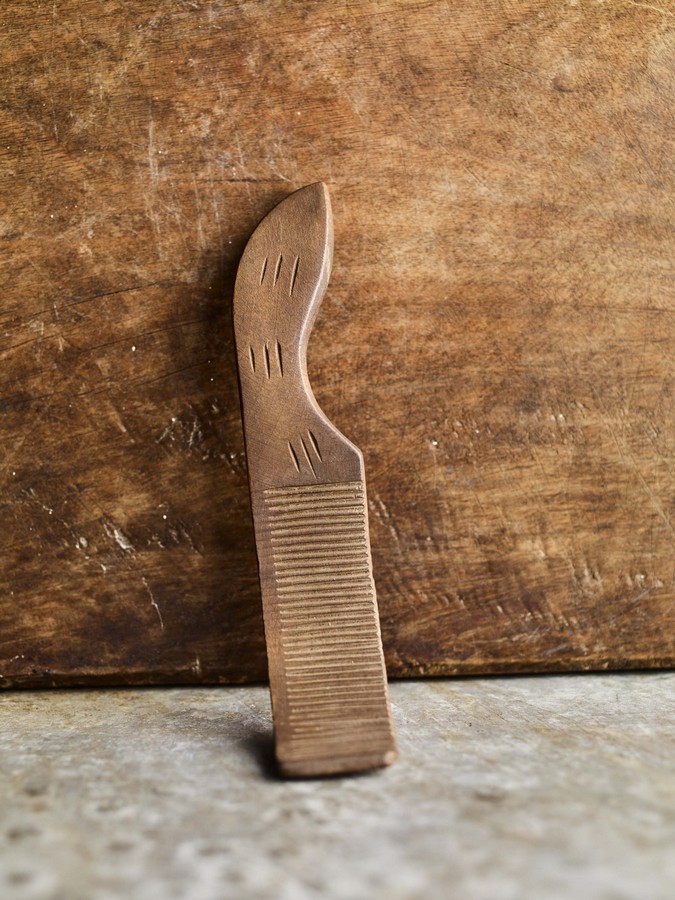IVY'S BUTTER SECRETS

Our grandmother Ivy didn’t just create the recipe for our award-winning vintage Cheddar. She also perfected a recipe for butter that was equally impressive: wonderfully creamy, smooth and with a beautifully clean finish. As with her Cheddar, we follow her recipe to this day – and also her process.
Ivy began making butter as she did Cheddar, as a natural extension of dairy farming. As with the Cheddar, though, she introduced some special touches that took her butter from good to great, improving the taste and texture with a combination of her natural cooking skills, her patience and her desire to do everything properly. You’ll see some of these on our packs, where we talk about the cream and also mention the all-important “gently churned”. Here’s what all that means…
The process began with scooping the sweet cream from the top of the milk brought in from grandfather Tom’s cows. She’d then add this to the whey cream, produced during the cheesemaking process, which gives the butter a unique sharper edge of acidity. Rather than continue from there, she’d then leave this blend to age overnight, chilled in ice, which would “set” the milkfats, ensuring the butter would have just the right golden colour and rich flavour.
Ivy would then start again at 4.30am the next day by removing the churn from the ice and allowing it to warm. This is where the churning began, using her traditional wooden hand churn, watching closely until, as she wrote in her recipe, “grains the size of snowflakes are formed and slight drips of buttermilk start to appear”. The secret was to churn very slowly. The reason for this was a combination of science and experience: churning slowly ensures that the fats in the cream are separated gently and thoroughly, which was why the butter she made had the special clean finish and no greasiness. She was also careful to squeeze the “grains” (the lumps of butter that form) very gently to remove the buttermilk (the liquid that is drained off in the process), ensuring that hers was as smooth a butter as you could find.
The final touch was to add a crunch of salt, which she would buy from Taunton market on Saturday when she went to sell her Cheddar. This would usually be done in time to try out the day’s batch on toast over breakfast.
A century later, we still follow Ivy’s recipe and technique– simply because we don’t think it can be beaten. We use a single churn that replicates her wooden hand version – and we ensure that we make our butter with her patience and attention, and slowly. The results speak for themselves: creamy, smooth, rounded and clean as farmhouse butter should be. It’s worth the wait.



.png)
.jpg)